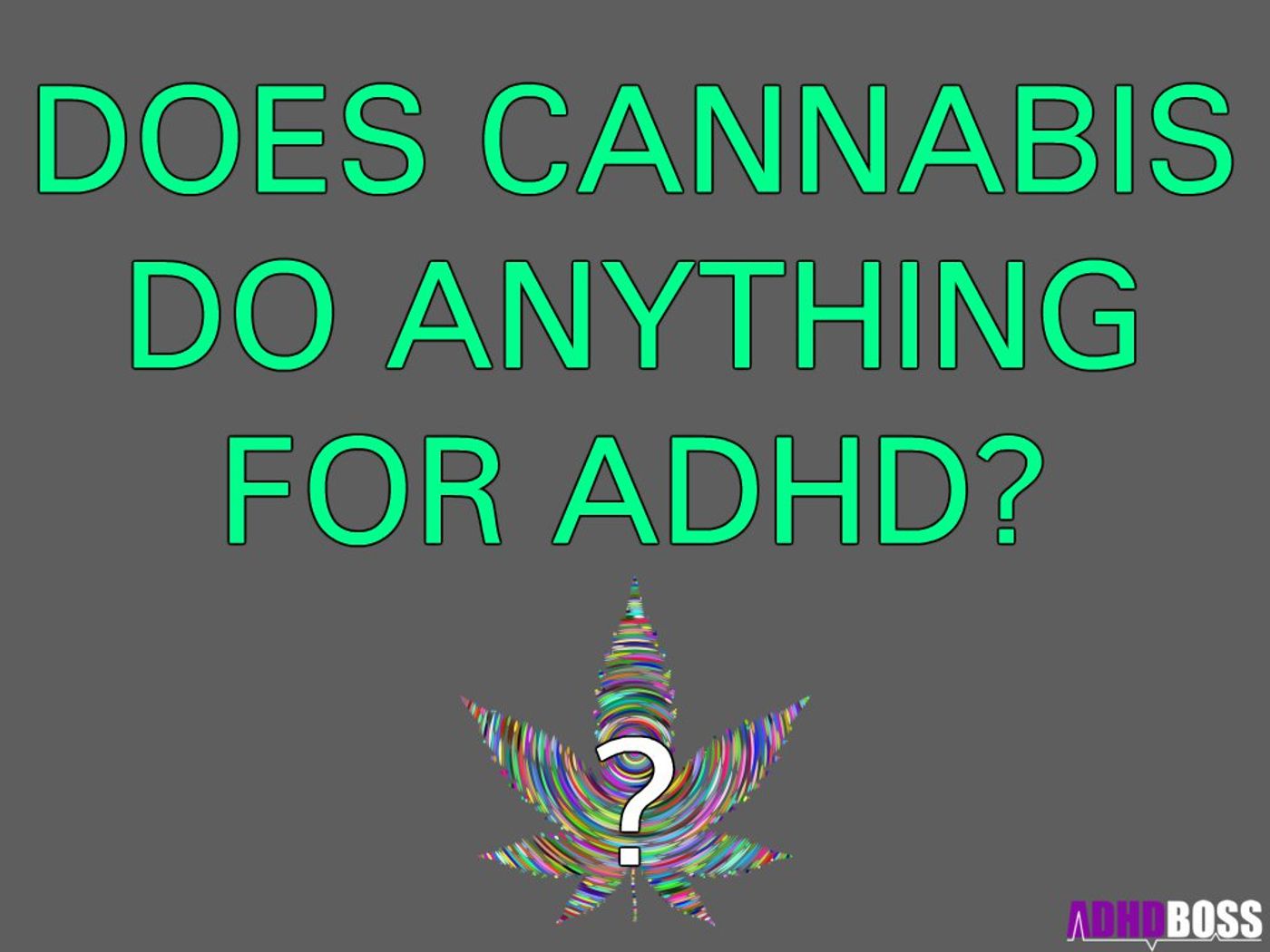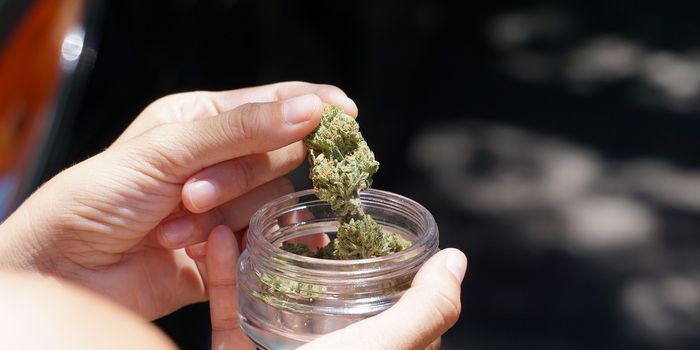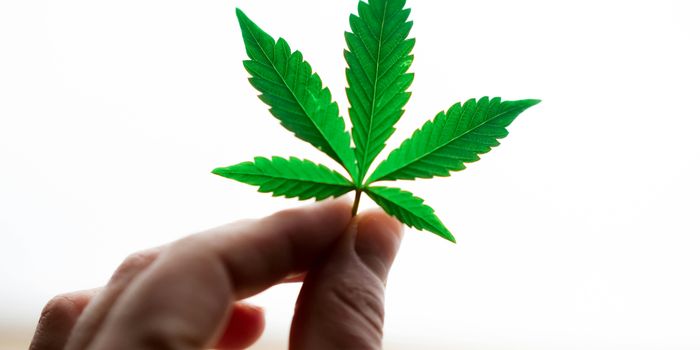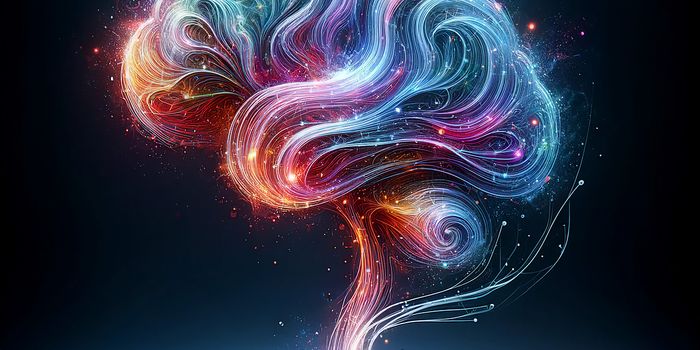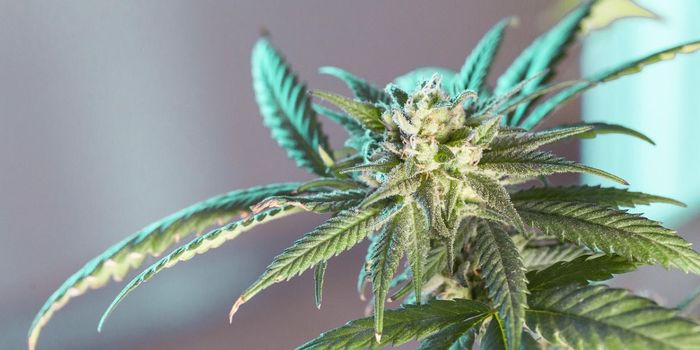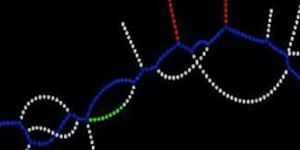Treatment of ADHD with Cannabis
According to the 2016 National Survey of Children's Health, there are 5.4 million children with a current diagnosis of attention deficit hyperactivity disorder (ADHD). Although we do not know the root cause of ADHD, there is evidence supporting the correlation between ADHD, structural function and neurotransmitter alterations in various regions of the brain.
Neurotransmitters, also known as chemical messengers are used by the body to trigger or repress stimulation in cells. The two neurotransmitters that seem to be related with ADHD are dopamine, and norepinephrine. In ADHD both systems of stimulation and repression are not working correctly. This results in inattention, distractability, impulsiveness, and behavior problems. Research also implicates the neurotransmitter glutamate is involved with the development of ADHD. The release of glutamate encourages responsiveness, it is known as the excitatory neurotransmitter and is found at almost all synapses in the central nervous system. Excessive concentrations of glutamate may lead to constant shifting of attention, and a plethora of distracting thoughts occurring in the brain. A study produced at the Johns Hopkins University School of Medicine also found that children with ADHD had significantly reduced GABA concentrations, which is the principal inhibitory neurotransmitter in the mature brain. With a reduction in GABA and an increase in glutamate, the result is neurotransmission that is too rapid in the brain of patients with ADHD.
Neurotransmitters signal through G protein-coupled receptors. They mediate most of our physiological responses to hormones, such as dopamine and norepinephrine. It is the job of these receptors to regulate the transmission of neurotransmitters. The endocannabinoid system consists of G protein-coupled receptors which do just that. A study published in the Journal of Neuroscience found that endocannabinoids act as retrograde messengers modulating the speed of neurotransmission. Without enough endocannabinoids, neurotransmission can be too rapid due to the low occurrence of retrograde inhibition. The decrease in the inhibitory neurotransmitter GABA and the increase of the excitatory neurotransmitter glutamate seen in ADHD creates an assault on the cerebral cortex. The cerebral cortex is responsible for memory, attention, awareness, and thought. Endocannabinoids are seen to inhibit neural impulses giving the cerebral cortex more time and opportunity to focus and concentrate.
Conventional treatment for ADHD consists of medications that alter levels of dopamine and norepinephrine, but these medications come with a host of side effects such as sleep problems, suppressed appetite, delayed growth, headaches, tics, moodiness, and irritability. Parents are also thrown into a game of trial and error as they attempt to find what pharmaceutical works best for their child, and at what dose to produce the least amount of side effects. It tends to be a slippery slope leading to more and more pharmaceuticals to treat the side effects. Cannabinoid therapy is an alternative treatment for ADHD. For people who are concerned with the psychoactivity of delta 9 tetrahydrocannabinol (THC), they can use cannabidiol (CBD) to eliminate any chance of psychoactivity, yet reap the benefits of regulating neurotransmitters that are responsible for the onset of ADHD symptoms.
Sources: YouTube, ADHD Institute, NIH
